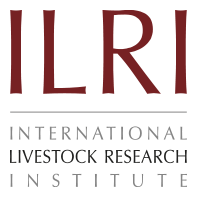Mehsana
Origin and distribution: The breed derives its name from the place of its origin called ‘Mehsana’ in Gujarat where it is found in its most pure form. It is widely distributed in Banaskantha, Palanur, Gandhi Nagar, Ahmadabad and nearby areas in varying intensity. Agrwal et al (2007) studied expected heterozygosity values which were were 0.652 and 0.765. The mean polymorphic information content value (0.724) further reflected high level of polymorphism across the loci. Within-population inbreeding estimate (Fis=0.156) showed moderate level of inbreeding, which warranted adoption of appropriate breeding strategies under field conditions. Singh et al (2009) studied the cost of rearing these goats in village condition was Rs 524 while profit per goat was Rs. 668. This indicated very high return /goat per year. The flock size vary from 15-300. Some very smaller flocks of 2-5 goats are also found.
Physical Characteristics:The breed is medium-large in size with convex face profile. The coat colour is grayish black with long and coarse hairs. Ears are white with black markings, leafy and drooping. Both sexes are horned which have one or two twists and curved upward and backward with pointed tips.
Usually goats possess beard. The average body length, body height and heart girth measured as 71, 80 and 76 cm in males and 68, 74 and 73 cm in females. They are good milkers and udder is well developed and capacious with long conical teats. Tail is short and remains upward.
Performance: The average body weight of adult male and female are 37 and 32 kg respectively. The age at first kidding vary from 600-650 days. Twinning is low and ranged from 10-15%. The average daily milk yield is 1.30 kg. Most flocks are stationary and reared on extensive grazing/browsing except few flocks which migrate seasonally to nearby places. No specific housing is provided.
Reference





